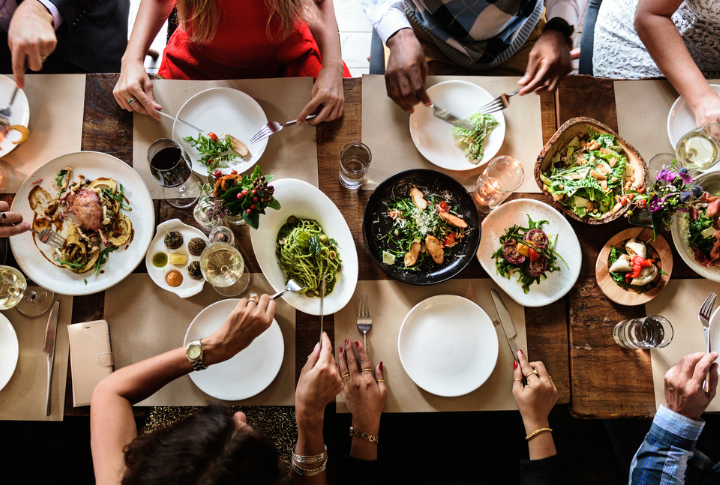
Certain foods and drinks have been around since the dawn of civilization, gracing our tables for thousands of years. These dietary items not only tantalize our taste buds but also connect us to our ancestors, providing a delicious taste of history. Join us as we explore 15 food and drink items that have been savored for millennia, each with its rich story and enduring appeal.
Honey
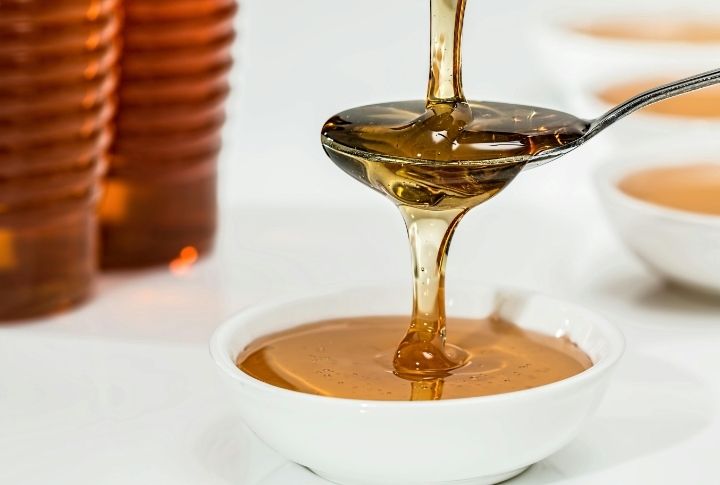
Honey, nature’s sweet nectar, has been cherished since ancient times. Archaeologists have discovered honey pots in Egyptian tombs, which are still edible after thousands of years. This golden elixir was used not only as a sweetener but also for its medicinal properties, symbolizing health and prosperity across cultures. Cave paintings in Spain from 7000 BC provide the earliest evidence of beekeeping, but honey bee fossils date back approximately 150 million years.
Bread
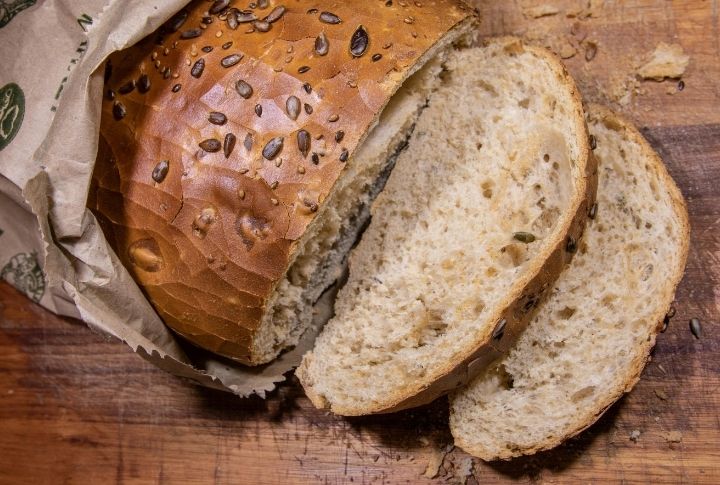
Substantial evidence shows that bread was produced and eaten in Egypt approximately 10,000 years ago, during the Neolithic era. Bread was enjoyed by all social classes, from pharaohs to commoners. Ancient Egyptians were among the first to bake leavened bread, and it quickly became a dietary cornerstone. From simple flatbreads to complex loaves, bread has been a symbol of sustenance and community for civilizations worldwide.
Wine

The oldest traces of what we recognize as wine were found at Hajji Firuz Tepe in Iran’sIran’s northern Zagros Mountains, dating back to the Neolithic period (8500 to 4000 B.C.). Carbon dating indicated that wine originated between 5400 and 5000 B.C. Wine, the beloved drink of gods and mortals alike, has a role in religious rituals, celebrations, and daily life, underscoring its enduring significance.
Olive Oil

Research indicates that olives were cultivated in Crete as early as 2500 BC. Olive oil amphorae from as far back as 3500 BC (the Early Minoan period) have been found, implying that olive oil production likely began before 4000 BC. Ancient Greeks and Romans prized olive oil for its flavor, health benefits, and even as a skin treatment. Its legacy continues as a cornerstone of Mediterranean cuisine.
Cheese

Cheese has delighted humans since the early domestication of animals. It is a food with ancient roots, and its beginnings are lost in prehistory. Whether cheesemaking first emerged in Europe, Central Asia, or the Middle East is yet to be determined. The earliest estimates suggest that cheesemaking could date back to approximately 8000 BCE, coinciding with the domestication of sheep. This versatile food comes in myriad forms and flavors.
Beer

In western Iran’s Zagros Mountains lies Godin Tepe; the earliest definitive chemical evidence of beer made from barley dates back to approximately 3500–3100 BC. There is a possibility, though unverified, that beer production could extend as far back as 10,000 BC, coinciding with the advent of cereal farming. Beer has evolved but remains a staple of social gatherings and relaxation. The Sumerians honored Ninkasi, their goddess of beer, with a hymn that also served as a brewing recipe.
Yogurt
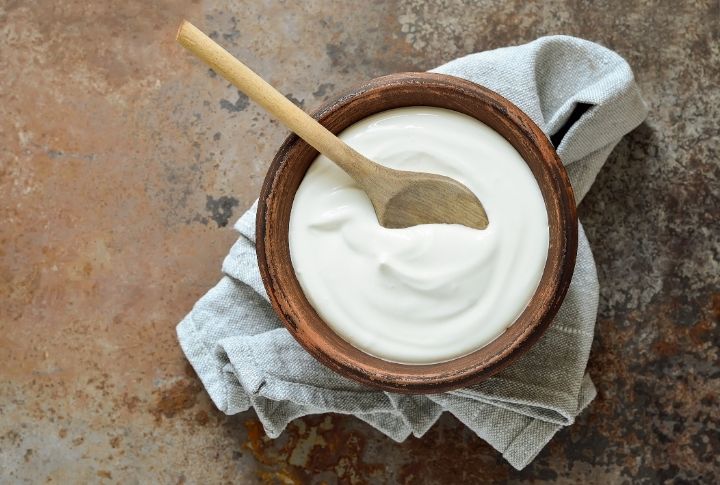
Its origins trace back to Central Asia and the Middle East, where it was valued for its taste and health benefits. Today, yogurt is enjoyed globally, from breakfast tables to gourmet kitchens. Despite ancient Indian Ayurvedic texts mentioning yogurt’s health benefits as far back as 6000 BC, it was only in the 20th century that Bulgarian medical student Stamen Grigorov discovered these benefits were due to lactic acid bacteria.
Rice

Archaeological discoveries have uncovered rice from as far back as 8000 BC, though the precise timing of its domestication remains debated. Today, two domesticated species, Oryza sativa from Asia and Oryza glaberrima from Africa, are cultivated worldwide. First cultivated in China, rice has spread globally, becoming a fundamental food source. Its versatility and nutritional value make it indispensable.
Source: Yardbarker
Butter
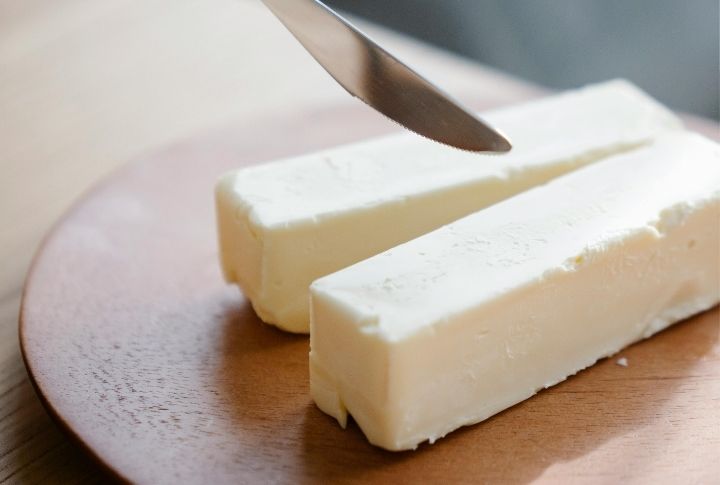
Butter, a rich dairy product, has been enjoyed for thousands of years. Around 4,500 years ago, in ancient Mesopotamia, now known as Iraq, the first documented method for making butter was discovered on a limestone tablet left by the Sumerians. Its creamy texture and flavor have made it a beloved ingredient in cooking and baking across cultures.
Cheesecake

More than four millennia ago, during the fifth century B.C., the ancient Greeks living on the island of Samos innovated the earliest recorded version of cheesecake. This early rendition involved mixing fresh cheese with flour and honey, creating a simple yet foundational recipe. Today, cheesecake, a dessert that combines cheese, eggs, and sweeteners, remains a popular and indulgent treat worldwide.
Chocolate
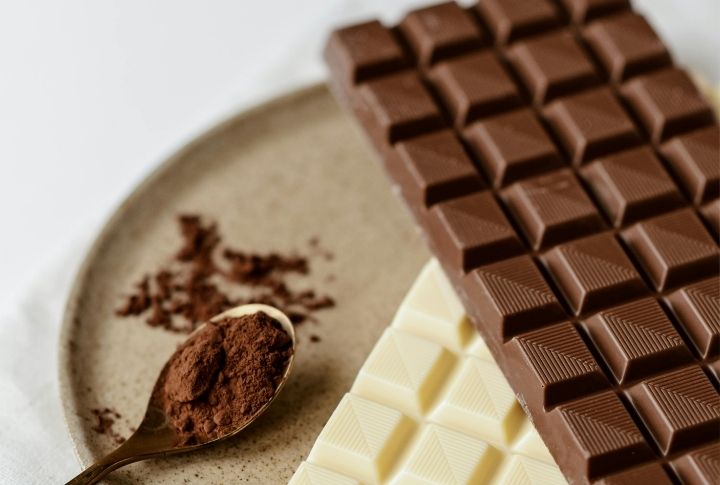
Originating from the cacao tree native to the tropical regions of the Americas, the cocoa bean was initially cultivated around 5,300 years ago in present-day southeast Ecuador (Zamora-Chinchipe Province) by the Mayo-Chinchipe culture before its introduction to Mesoamerica. The ancient Maya and Aztecs revered cacao, using it in rituals and as currency. Modern chocolate, whether dark, milk, or white, continues to be a favorite indulgence.
Curry
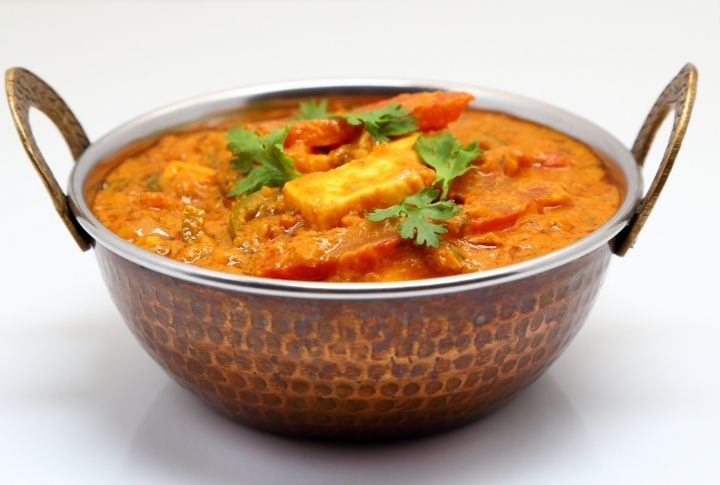
The ancient civilization of Northwest Asia, which existed from 3300 BCE to 1300 BCE, employed mortar and pestle to blend spices like cumin, fennel, and tamarind pods into their culinary preparations, as evidenced by archaeological findings. The use of spices like turmeric, cumin, and coriander in curries dates back to the Indus Valley Civilization. Today, curry is a global culinary phenomenon with countless regional variations.
Noodles
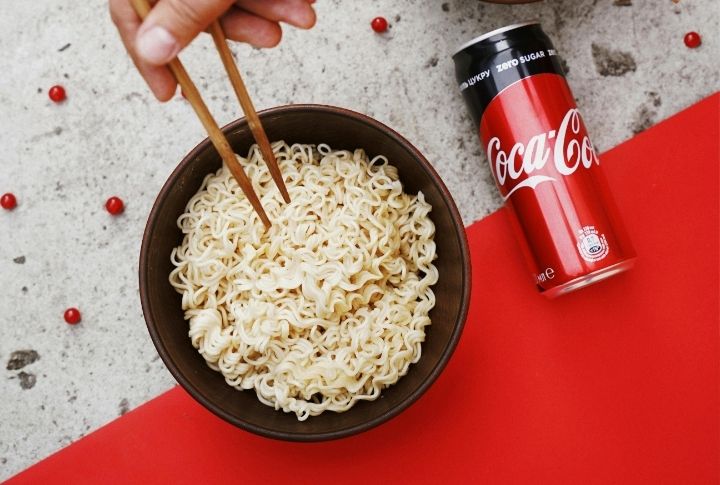
The history of noodles traces back to ancient China, with the earliest documented mention dating to the Eastern Han period (25–220 CE). Noodles crafted from wheat dough soon became a staple in the diet of the Han dynasty’s populace. Archaeological findings indicate that noodles have been enjoyed in China for over 4,000 years. Noodles have become a versatile and beloved food in dishes from ramen to pasta.
Pancakes

In ancient Greece, the earliest known reference to pancakes appears in the writings of a poet who vividly described these warm treats. By 1100 AD, Shrove Tuesday (Pancake Day) had established itself as a customary practice for consuming dairy products before Lent, marking the inception of the pancake breakfast tradition. Today, pancakes are enjoyed worldwide, from fluffy American stacks to thin French crêpes.
Soup
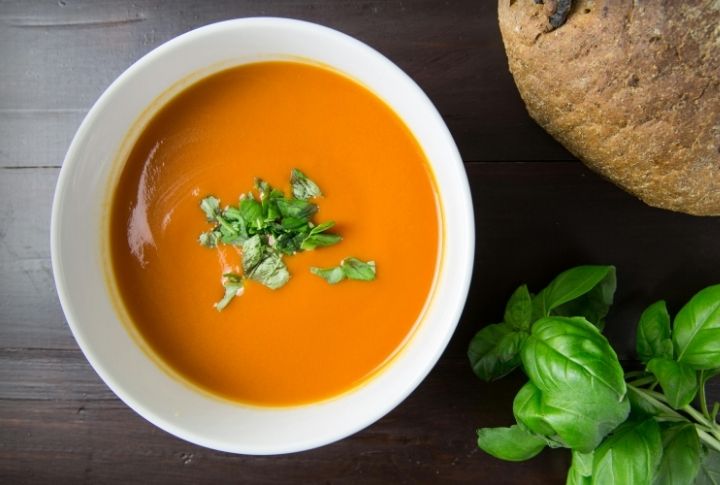
Archaeologists found the earliest known soup bowl, from 20,000 BC, in Xianrendong Cave, Jiangxi Province, China. Early soups were likely simple broths made from boiling bones and vegetables. Today, soup remains a versatile comfort food, with countless variations enjoyed across cultures and seasons.


Comments
Loading…